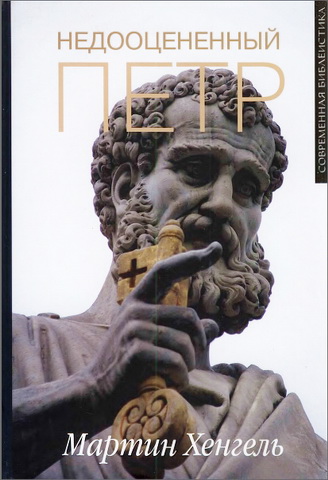
Dead Sea Scrolls – Martínez and Tigchelaar

This book is intended as a practical tool to facilitate access to the Qumran collection of Dead Sea Scrolls. As such, it is primarily intended for classroom use and for the benefit of specialists from other disciplines (scholars working on the Hebrew Bible, the New Testament or Rabbinic literature, specialists on Semitic languages, on the History of Judaism or on the History of Religions, among others) who need a reliable compendium of all the relevant materials found in this collection.
As such, it is not intended to compete with, let alone to replace, the editio princeps of the materials published in the series Discoveries in the Judaean Desert or outside this series, or the preliminary publications of materials which have not yet appeared in the DJD Series. The plates printed in the critical editions, as well as the transcriptions, translations and commentaries of the first editors are, and will always remain, the basis of all serious work on the Scrolls.
Whereas the evidence of the biblical manuscripts from Qumran will be shortly available in The Qumran Bible by E. Ulrich, this book offers a fresh transcription and an English translation of all the relevant non-biblical texts found at Qumran, arranged by serial number from Cave 1 to Cave 11. By biblical scrolls we understand here the copies of the books that subsequently emerged as the traditional Hebrew Bible, as well as the remains of tefillin and mezuzot which only contain quotations of those biblical books. In several cases the distinction between biblical and non-biblical texts is not clear-cut.
Thus, the so-called Reworked Pentateuch consists mainly of the biblical text of the pentateuchal books, be it sometimes in a different order, but also has some sections with material that is not included in the Hebrew Bible; likewise, we have included the non-biblical psalms from the Psalms Scrolls 4Q88, 11Q5 and 11Q6. Not included are the scant remains of Ben Sira from Cave 2. The inclusion in the edition of these ‘additions’ does not imply a judgment on their ‘biblical’ or ‘non-biblical’ character. In three cases we have included texts not found at Qumran, but related to manuscripts from Qumran; this goes for the remains of the mediaeval copies of the Damascus Document and the Aramaic Levi Document found in the Cairo Genizah, and for the copy of the Songs of the Sabbath Sacrifice recovered at Masada.
The Dead Sea Scrolls – ed. by Florentino García Martínez and Eibert J. C. Tigchelaar
Copyright 1997 by Koninklijke Brill nv, Leiden, The Netherlands
ISBN 978-0802844934
The Dead Sea Scrolls – ed. by Florentino García Martínez and Eibert J. C. Tigchelaar – Contents
Preface to the Second Edition
Abbreviations
Key to Symbols
Text and Translation 1Q1–11Q31
Index of Manuscripts
Index of Titles
Index of Cave 1 Manuscripts without Serial Numbers
Index of Manuscripts not found near Qumran
The Dead Sea Scrolls – ed. by Florentino García Martínez and Eibert J. C. Tigchelaar – Preface To The Second Edition
As stated in the foreword to the first edition, the Dead Sea Scrolls Study Edition (DSSSE) was primarily intended for classroom use. We are therefore very pleased that the publishers have agreed to print a second, even more affordable edition. The short period which elapsed between the first publication of DSSSE and the present new edition (DSSSE2), has precluded us from thoroughly revising the work. Nevertheless, this edition contains numerous small improvements on the first edition. All typing errors, typographical inconsistencies, and accidental omissions, which we ourselves observed or which were brought to our attention, have been corrected. Occasionally we have modified the transcriptions and translations on the basis of our own research, or in recognition of suggestions graciously put forward by several colleagues all over the world. In order to facilitate the use of the book we have indicated in the running heads the numbers of the columns in those documents which extend over many pages.
The list of abbreviations has been somewhat expanded in order to include works that are frequently quoted in short form in the bibliographical headings, and some of those bibliographies have been updated with references to recent publications. On the basis of recent authoritative publications some of the numbers of lines, fragments, or columns, have been changed, especially in 4Q255 to 4Q264, and most of the titles given to the manuscripts have been brought into line with those of the latest version of the desk-copy of Emanuel Tov’s inventory. A very limited number of changes involves the reallocation of fragments among manuscripts or addition of fragments (some changes in the listing of the 4QPsalms manuscripts; 4Q177 has been deleted; 4Q392 and 4Q393 are now listed as one manuscript; the same goes for 4Q509 and 4Q505; 4Q556 now includes the transcription of one fragment). Due to all these different kinds of changes some pages have been considerably modified, whereas others are still exactly the same as in the first edition. On the whole the page numbers of this second edition correspond to those of the first one, though occasionally the insertion or deletion of text has caused some text to flow from one page to an other.
Finally, we wish to acknowledge our debt to Martin Meijer of Bookman, Leiden, who took care of the layout of this work. Annemieke van der Kolk and Bauke Koole helped us with the typing of a large part of the Hebrew text in these volumes. Martin Baasten, of Leiden University, called our attention to many typo’s in the first edition. Anke Dorman, one of our students, checked all the PAM and ROC numbers by comparing them to those mentioned in other works.
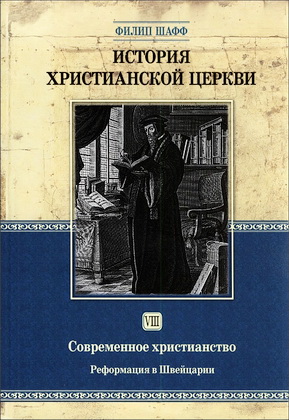
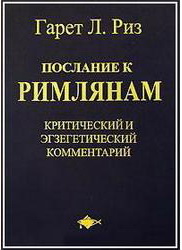
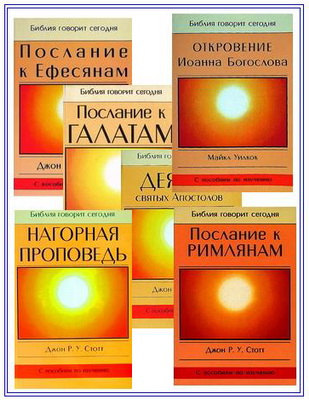
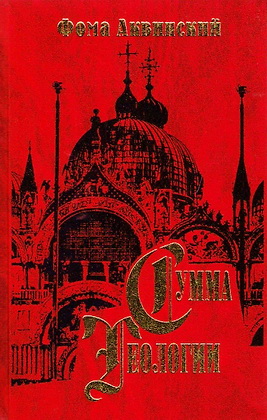
Комментарии
Пока нет комментариев. Будьте первым!